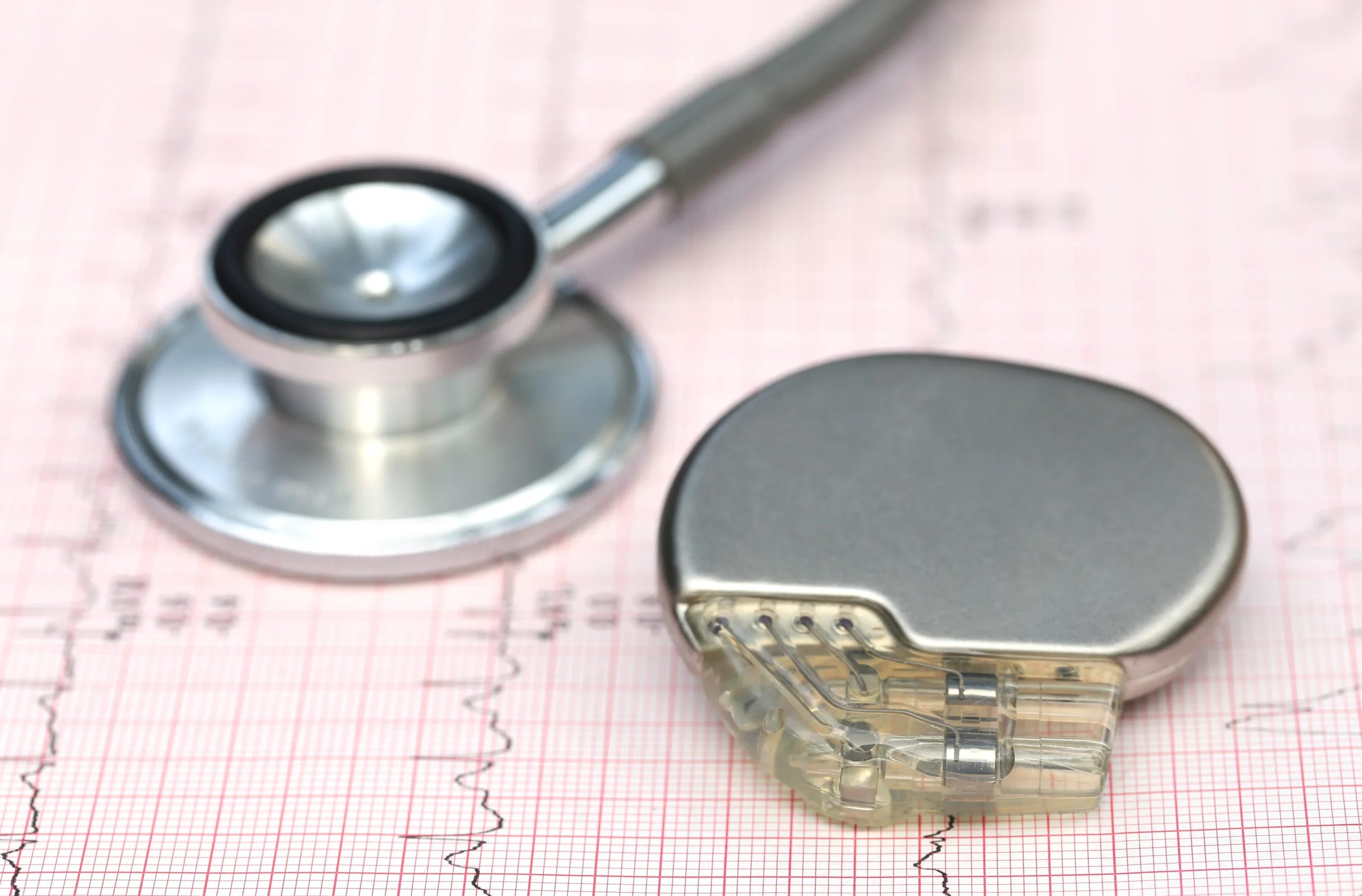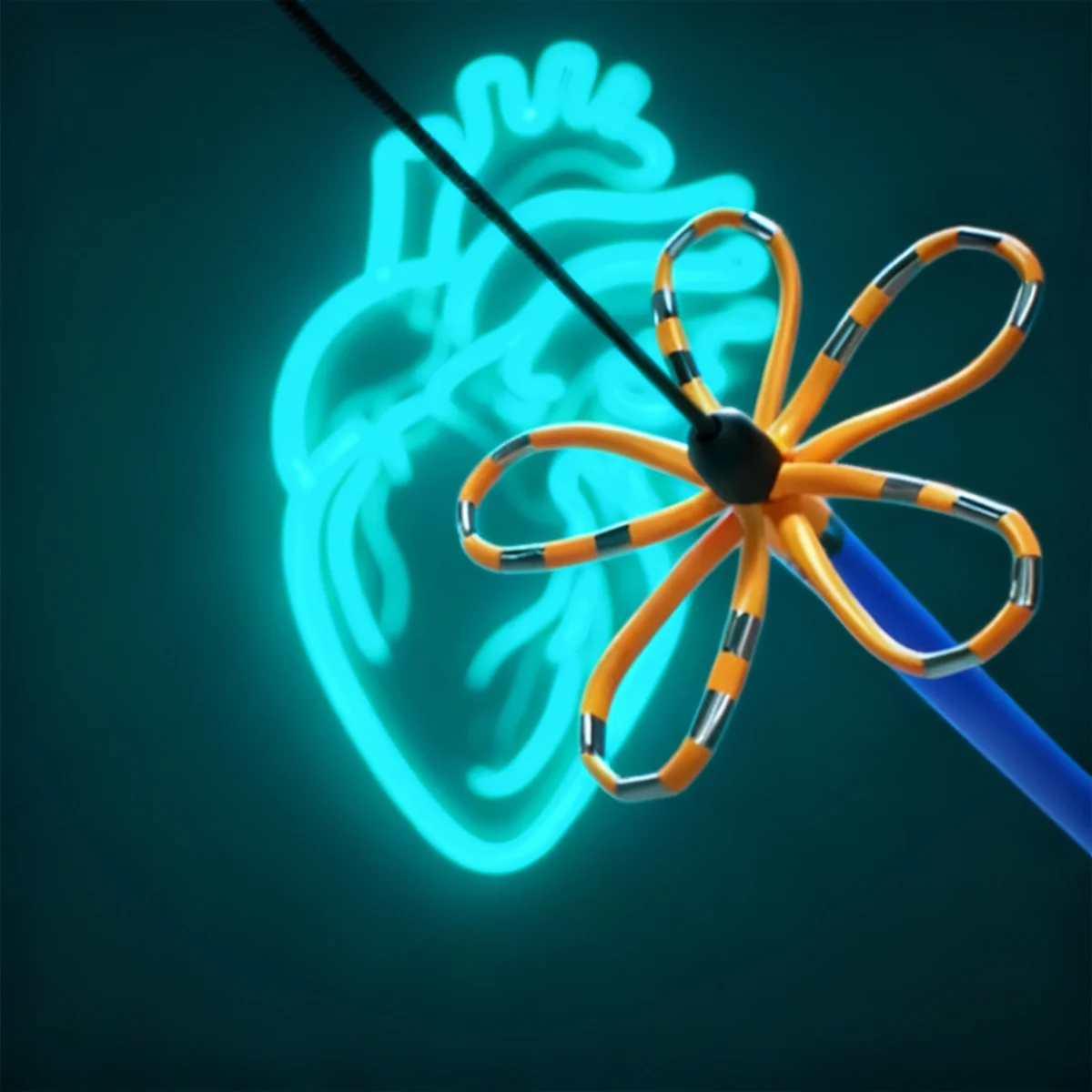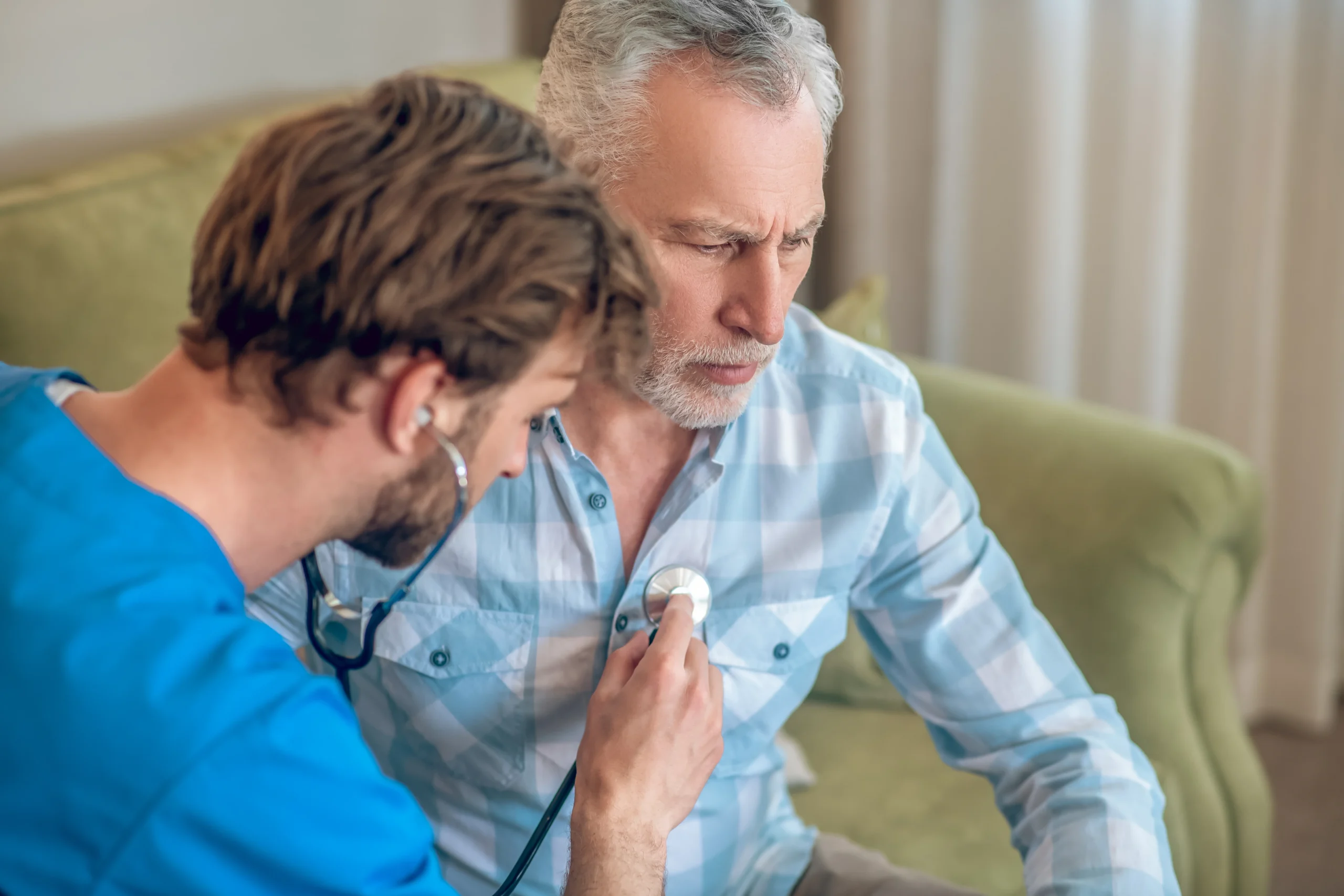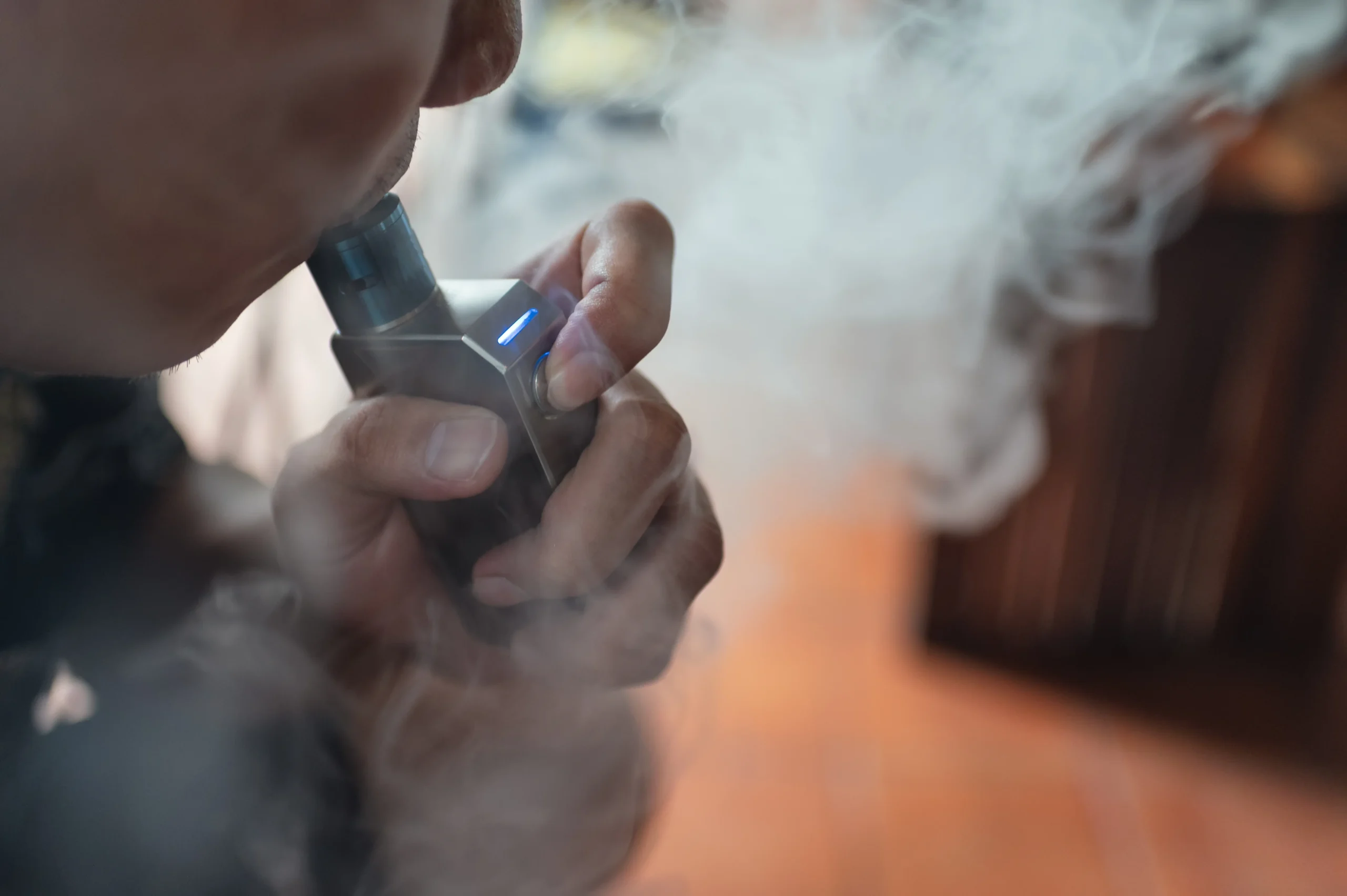Pacemakers are amazing pieces of technology. Roughly the size of a matchbox, they help to regulate the heart and make sure it’s beating at a normal rate and rhythm. By doing so, they’ve transformed daily life for millions of people with heart conditions and arrhythmias that would otherwise be dangerous or debilitating. But like any technology, these revolutionary little devices require a bit of care and guidance when it comes to using them.
In this article, we’ll look at some of the key questions people have about living with a pacemaker – the activities you can do and the ones that are best avoided. And of course, if you’d like to find out more about pacemakers and how the implantation and recovery process works, please get in touch with the team. Dr Lyne and the team at Heart Rhythm Cardiologist are here to get you the help you need.
What is a Pacemaker?
Most people are vaguely aware of what pacemakers do, but how exactly do they work? In essence, a pacemaker keeps a close watch on your heart for rhythm abnormalities; if it detects one, the device emits an electrical pulse that stimulates the heart into correcting its rate.
Pacemakers are about 5cm wide and 7mm deep and are placed just underneath your skin, usually in the chest area or under the collarbone. While it’s common to be aware of the pacemaker in the early days after your fitting, pacemakers are built to be comfortable; most people find they become much less aware of their device over time. Pacemakers are battery-powered, so while they can be turned off by a cardiologist if necessary, they usually stay on all the time.
Daily Life with a Pacemaker
Pacemakers are designed to look after your heart so that you can get on with the important business of living and enjoying life. But there are some dos and don’ts when it comes to using and looking after them, so it’s good to be aware of these before your device is installed. Here are some of the most common questions…
Can you drink with a pacemaker?
Generally, yes, you can drink. There’s nothing about alcohol that will affect your pacemaker’s function per se. That said, patients with heart rhythm problems or a history of heart failure need to be careful about their alcohol intake. For most people, the recommendation is to drink in moderation. The HSE’s low-risk alcohol guidelines recommend no more than 11 standard drinks for women per week and 17 standard drinks for men. But you should get advice from your doctor or cardiologist about your own condition and circumstances.
Can you use your phone with a pacemaker?
The question here is whether the phone produces an electromagnetic field, because these can potentially affect your pacemaker’s ability to detect electrical activity in your heart (this is known as electromagnetic interference or EMI). Most mobile phones, like many everyday electronic devices (laptops, tablets, headphones etc), do indeed create an electromagnetic field. Our usual advice is to avoid using your mobile too near the device. How close is too close? “It’s safe to use a mobile phone,” says the HSE. “But make sure you keep it more than 15cm (6 inches) from your pacemaker. Use a headset or the ear on the opposite side to the pacemaker.”
Can you use an electric blanket with a pacemaker?
If you have an electric blanket that’s in good working order, it should be fine to use it once your pacemaker has been fitted. Galway-based Medtronic, one of the leading pacemaker manufacturers, lists electric blankets as having “no known risk” when used properly. You can read their full list here: Electromagnetic Compatibility Guide for Implantable Cardiac Devices. If unsure, check with the manufacturer’s guidance or ask the doctor at your pacing clinic.
Can you wear a Fitbit/smart watch with a pacemaker?
Recent research has found that while smartwatches can help monitor and manage heart health, some smartwatches can potentially cause problems for pacemakers. A team in the US examined whether devices using “bioimpedance technology” (that is, emit electrical signals into the body so they can read the resulting signals coming back) can create interference in patients with cardiac implantable electronic devices. The study, published in the journal Heart Rhythm, found they can. “Our results indicate that these consumer electronic devices could interfere in patients with CIEDs. The present findings do not recommend the use of these devices in this population due to potential interference.” If you have a smartwatch, it’s at least worth checking whether it uses bioimpedance – and if it does, to be cautious about continuing to wear it once you have a pacemaker.
Can you drive with a pacemaker?
The answer to this varies a bit depending on your personal circumstances. The short answer is that most patients with an ordinary driving licence are able to resume driving a week after their pacemaker fitting. People with a Group 2 licence (e.g. a bus or truck) will need to wait for four weeks (see the Road Safety Authority’s guidelines for more on this). Depending on the type of heart condition you have, you may also need to tell the NDLS (National Driver Licence Service) you’ve had a pacemaker fitted. (Note that the rules around internal defibrillators (ICDs) and driving are more stringent.)
For more detail, you may find this article helpful: Driving in Ireland when you have a pacemaker.
Will your sex life be affected by a pacemaker?
Many people worry that having a pacemaker might negatively affect their sex life. The truth is that it shouldn’t do. “There’s no reason you cannot continue to have a good sex life after you feel better,” the HSE explains. The main advice, they add, is to be careful not to place strain on the wound area in the first few weeks after surgery: “You should avoid positions that place pressure on the arms and chest for the first four weeks of your recovery.” Research suggests having a pacemaker can actually improve a person’s sex life, as they begin to feel better. “Pacemaker implantation did not affect sexual desire in the patients who were observed,” says one cardiologist study from Poland. “Pacemaker implantation had a positive effect on sexual functioning for all the patients.”
Traveling with a Pacemaker
Hoping to fly abroad once you’ve had the pacemaker fitting? There are some things to bear in mind before you book your tickets and head to the airport.
Can you go through airport security with a pacemaker?
The short answer is yes. But walk-through security scanners produce an electromagnetic field, so we recommend you pass through them quickly. Tell the security staff you have pacemaker, and ask them to avoid using a handheld scanner if they check you (the magnets could potentially interfere with your device). Always make sure you travel with your pacemaker ID card, too, in case they ask for evidence that you have a pacemaker. You can find out more about them in this blog: What is a pacemaker ID card?
How long can you fly with a pacemaker?
Flying – whether a short flight or long haul – shouldn’t cause any issues for the pacemaker itself. But it’s important to check with your doctor first, because your heart condition could create some restrictions around when and how you travel. It’s generally recommended to wait for at least two days after your fitting before you take a flight, unless you’re suffering from a pneumothorax (collapsed lung).
Physical Activity and Exercise with a Pacemaker
Getting back to regular exercise is one of the benefits of having a pacemaker fitted. But there are some limits to what you should take on.
Can you exercise with a pacemaker?
In short, yes. But you’ll need to avoid doing any strenuous activity for 4 to 6 weeks after the implantation procedure. After that – unless we or your doctor recommend otherwise – you should be able to get back to doing most activities and sports. There are some advisories here: it’s better to avoid very strenuous sports, such as squash. And if you do play a contact sport, like football, it’s important to avoid collisions. It’s also worth looking into some of the specialist clothing that’s now available for pacemaker wearers. Companies like Vital Beat, for example, sell sports tops with built-in padding in the chest.
Can you lift weights with a pacemaker?
In the early days after your fitting, you’ll need to avoid lifting anything at all. You shouldn’t lift the arm nearest to your pacemaker above your head, or up to a high shelf, for instance, for six weeks after the procedure. Though rare, there are some documented cases of pacemaker leads breaking after weightlifting. For this reason, if you are keen to return to lifting weights, it’s best to be cautious and get advice from your surgeon or doctor before you do so.
Can you run long distance with a pacemaker?
Unless your doctor advises against it, it should be perfectly possible to take up running with a pacemaker – even marathons. “Long-distance running is safe for athletes with pacemaker implants,” a well-known 2004 study concluded, having spent two years evaluating athletes with devices (though it also emphasised the importance of overall fitness and endurance training). As with any sport, the key is to give your body the time it needs to adjust. Build up your distance gradually rather than all at once.
Pacemaker Medical and Health Considerations
If you need to get a diagnosis or have an operation in the future, it could well involve using scanners or other types of medical equipment. Some of these can potentially affect the way your pacemaker works.
Can you have an MRI, CT, or X-ray with a pacemaker?
Most of the common types of medical scans – including X-rays and CT (or CAT) scans – are safe to use with a pacemaker. The main exception is MRI (magnetic resonance imaging) because, as the name makes clear, this technology uses strong magnets to carry out the scan. But that isn’t necessarily true of all pacemakers and internal defibrillators (ICDs). As the HSE points out, “MRI-safe” devices are becoming more common. Either way, be sure to tell the medical team that you have a pacemaker before having the scan. On which note…
Do you need to tell healthcare staff that you have a pacemaker?
Yes. Whenever you go for a consultation, a diagnosis, or a procedure, make sure the doctors know you’ve been fitted with a device. Take your ID card with you; it carries key details about the make and model of your pacemaker, which can help the medics work out whether it might affect the treatment they offer you. As a side note, it’s a good idea to tell close family and friends about your pacemaker too, so they know what to do if you ever have any difficulties, such as collapsing or fainting.
Can you go to the dentist if you have a pacemaker?
Absolutely – but, again, make sure you tell your dentist that you have a pacemaker. Certain types of dental equipment and treatments can potentially affect the way your device works, so it’s important that they know about your pacemaker beforehand.
How Will a Pacemaker Improve Your Life?
Your pacemaker is there to solve a problem. It keeps watch over your heart rhythm and “steps in” if it detects any issues. But it’s also designed to help you lead a more ordinary life – to remove the restrictions and symptoms that many heart conditions impose and get you back to what you enjoy doing most. The good news is that most pacemaker patients find they’re able to do exactly that. Reducing or removing those worrying symptoms, and the anxiety that comes with them, gives many people a whole new lease of life and opens up new activities and opportunities that weren’t there before. Just knowing that the technology is there to look after you can be hugely reassuring.
Get the Best Pacemaker Treatment with Dr Lyne
When it comes to pacemakers, knowledge really is power. Understanding how your device works in different situations, how to look after it, and what it can do for your heart if you ever get into difficulty, will help you get the best out of your device as you live with it for the first time.
And if you need any advice or reassurance about a pacemaker – whether you’re thinking about having one for the first time, are concerned about an existing device or condition, or are researching it for a loved one – we’re here to help. You can make an appointment with Dr Lyne quickly and easily here on the website. Or contact the team direct by phone or email. We’ll be delighted to help.
Concerned about your heart rhythm? Get in touch with Dr Lyne at Heart Rhythm Cardiologist.
Living with a Pacemaker: FAQs
Yes. You'll need to have regular checkups to make sure your device is working properly, that it has enough battery life, that the settings are right for you, and so on. How regular depends on your type of device and how well it's working for you. It can range from once every three months to once a year.
Modern pacemaker batteries last a long time - anywhere from six to 12 years, depending on the device. At that point you'll need to come into the hospital for a new battery, but we'll give you plenty of warning before this happens.
It's similar to the operation you have when the pacemaker is fitted. The key difference is that it doesn't normally involve adding new leads (wires that carry electrical impulses from the device to your heart). In most cases, you'll be able to keep the original leads.
Yes. Induction hobs generate a relatively strong electromagnetic field. The general advice is to keep your pacemaker at least 60cm (2ft) from the hob. This could potentially make it quite difficult to use in practice, so it may be worth thinking about replacing it with another type of appliance before your pacemaker is fitted.
While the majority of everyday items are safe to use with a pacemaker, with the appropriate precautions, there are some types of equipment that you should avoid. These include body-fat measuring scales, pneumatic drills, magnetic chairs and mattresses, abdominal stimulators (used for building up muscles), and welding equipment above 130 amps. If you're unsure about using a device, it's always best to check with your pacemaker doctor first.





